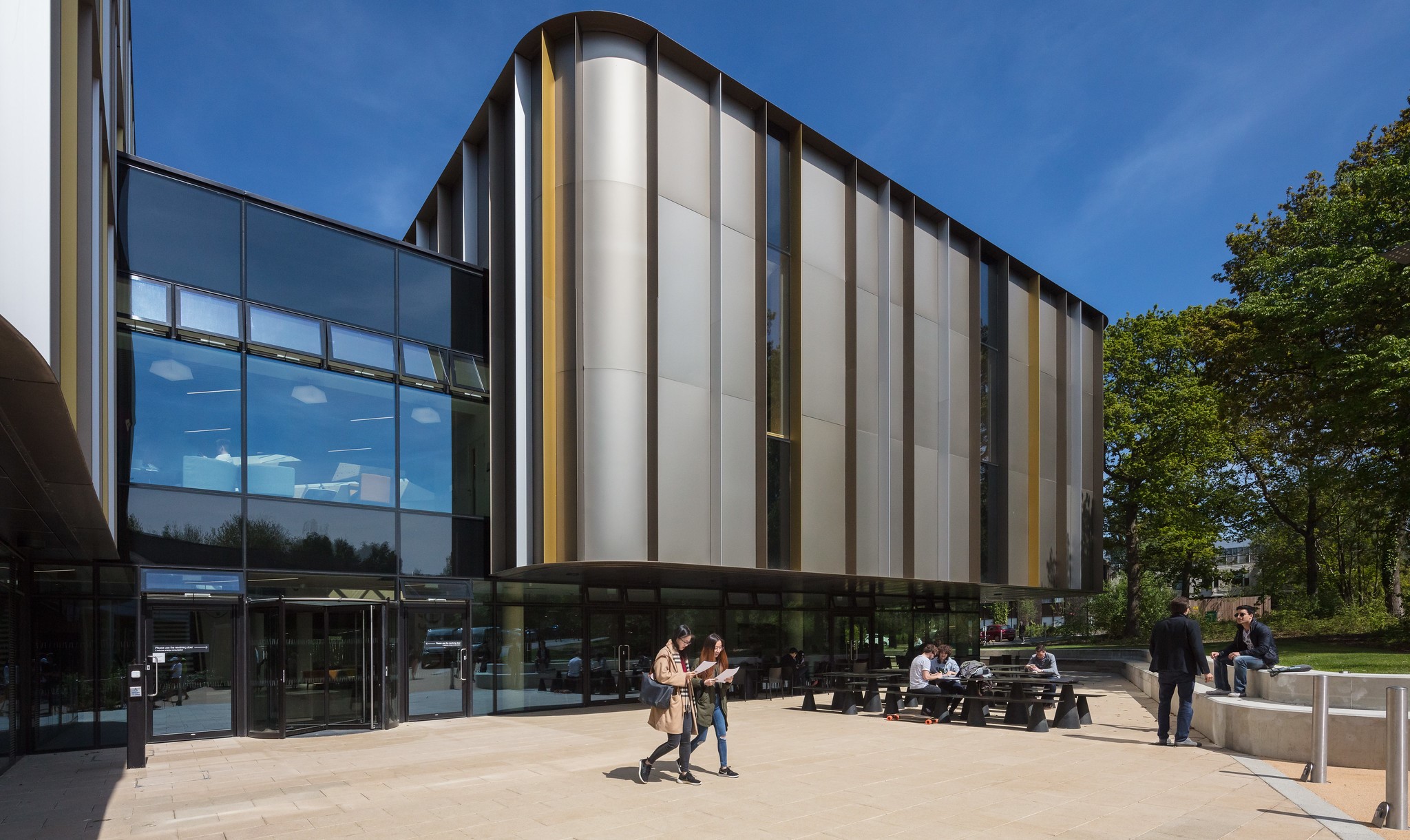Funding Agency: MRC
Date: 2013
Project team:
- Professor Andrew Fearne
- See the full team
Diarrhoeal disease kills. It produces a major health and economic burden yet fundamental gaps in our knowledge about it remain. This programme unites scientists from a wide variety of disciplines in a ‘one health’ approach to tackle these fundamental knowledge gaps, using Campylobacter spp. as an example.
Significant in its own right, Campylobacter is the most common bacterial cause of diarrhoeal disease in the developed world. It caused an estimated 700,000 cases of illness in the UK in 2010 with around 200 deaths. Extreme outcomes include irritable bowel syndrome, arthritis and paralysis. The current, underestimated, annual UK cost of acute Campylobacter infection alone is £600 million. And yet the transmission pathways for about 50% of human cases are unknown. Around 40% of cases occur during the ‘spring peak’. Yet the relative roles of environmental, such as countryside visits, and food pathways, and their interaction, in this seasonal emergence are poorly understood, if at all.
The aims of this integrated, interdisciplinary programme are to:-
1. Identify the key reservoirs, environmental and social drivers of Campylobacter that affect human disease;
2. Analyse seasonal variations in pathogen load and their impacts on exposure and disease;
3. Understand the relative roles of the transmission pathways and thus points of control;
4. Generate future projections of disease risk and its control.
For more information see the project website.
